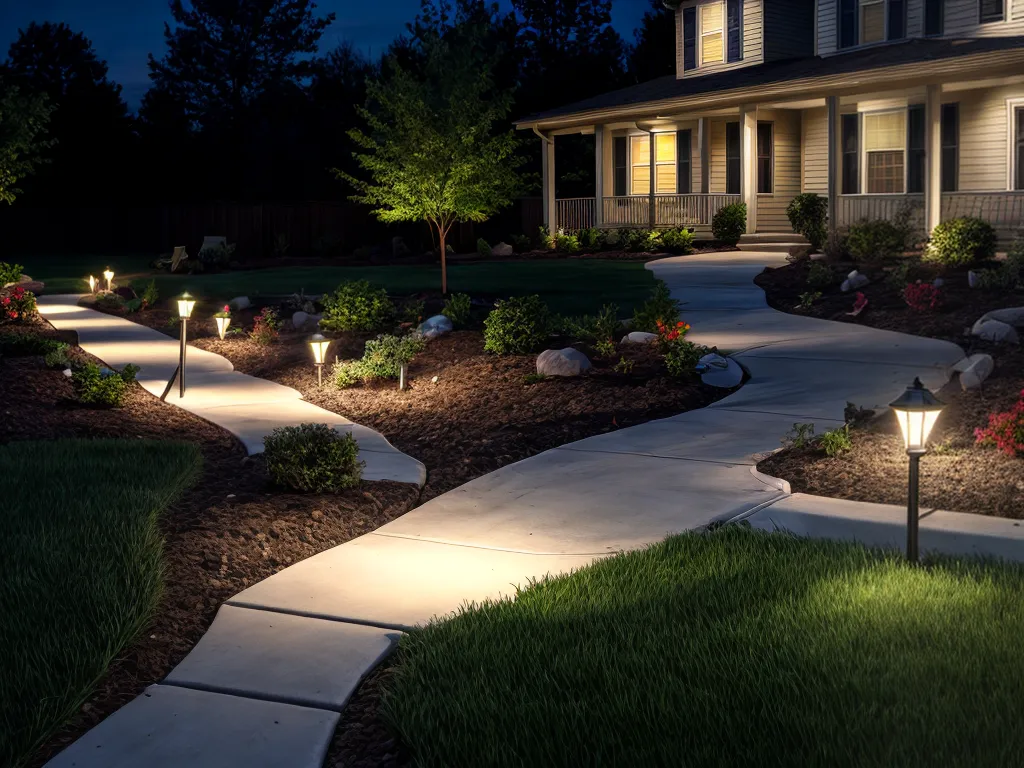
How to Safely Repair Underground Low-Voltage Landscape Lighting Wires
Introduction
Repairing underground low-voltage landscape lighting wires can seem daunting, but with proper precautions and the right techniques, it can be done safely and efficiently. As a landscape lighting installer, I've fixed many underground wires over the years, so I'll share my tips on how to tackle this project.
Gather the Right Supplies
Before getting started, make sure you have the proper supplies on hand. Here's what you'll need:
-
Wire splice connectors - Use watertight gel-filled connectors made for direct burial. Avoid standard wire nuts.
-
Electrical tape - Self-fusing silicone tape works best for a waterproof seal.
-
Wire stripper - A simple handheld stripper will do.
-
Multimeter - To test for shorts and continuity.
-
Gloves - Protect your hands when working with wires.
-
Safety glasses - Wear eye protection when stripping wires.
-
Shovel and trowel - For unearthing wires and buried splices.
-
Cable lubricant - Makes pulling wires easier.
Locate the Damaged Wire Section
Start by turning off the transformer powering the lighting system at the main circuit breaker panel. Use a multimeter to test for power before handling any wires.
Determine the extent of the damaged wire section. Inspect along the wire path above ground from the transformer to light fixtures. Check for cuts, shorts, or areas where the insulation has cracked or peeled away.
Use the malfunctioning light fixtures to help trace the issue back to the damaged underground portion of wire. The problem spot is likely somewhere between the last working light and first one that's out.
Carefully Unearth the Wires
Now comes time to carefully dig up the wires. If you know the general location of the buried wire run, start there. Otherwise, begin midway between affected light fixtures.
Use a shovel to remove the top 2-3 inches of soil. Then switch to a trowel for gentler digging around the wire. Unearth at least 12-18 inches of wire on either side of the damaged section so you have room to work.
Watch out for other utilities like gas or water lines while digging. Stop immediately if you hit a hard object or notice markings from other underground lines.
Join the Wire Ends
With the wire exposed, inspect the sheathing to find the fault. Cut back the wire casing several inches past the damaged area using your wire strippers. Strip 1/2 inch of insulation off the inner conductors.
Slide heat shrink tubing over one cut wire end if splicing mid-run. Use gel-filled connectors to join the conductors. Twist wires together with pliers for a sound mechanical connection before capping.
Seal connections with electrical tape. Then apply heat to shrink tubing evenly around the splice. Test that continuity has been restored using a multimeter.
Bury the Repaired Section
Having mended the break, it's time to rebury the wiring. Coat repaired sections with cable lubricant to prevent friction damage when pulling wires.
Gently lift wires and place several inches of loose soil beneath. Keep wires laying flat as you backfill the trench. Add soil a few inches at a time, tamping down with your shovel to eliminate air pockets.
Take care not to damage insulation or connections while burying. Stop about 2 inches below grade so grass or mulch can be replaced over top.
Restore Power and Retest
With repairs covered underground, go re-enable the low voltage transformer. Turn lights on zone by zone to check for proper operation. Walk the path of the wiring above ground at night to spot any issues.
If lights are still not functioning, there may be an additional wire break that was missed. Repeat the repair process to locate and fix all faults. Take time for a safe, careful repair and your landscape lighting will shine bright once again.